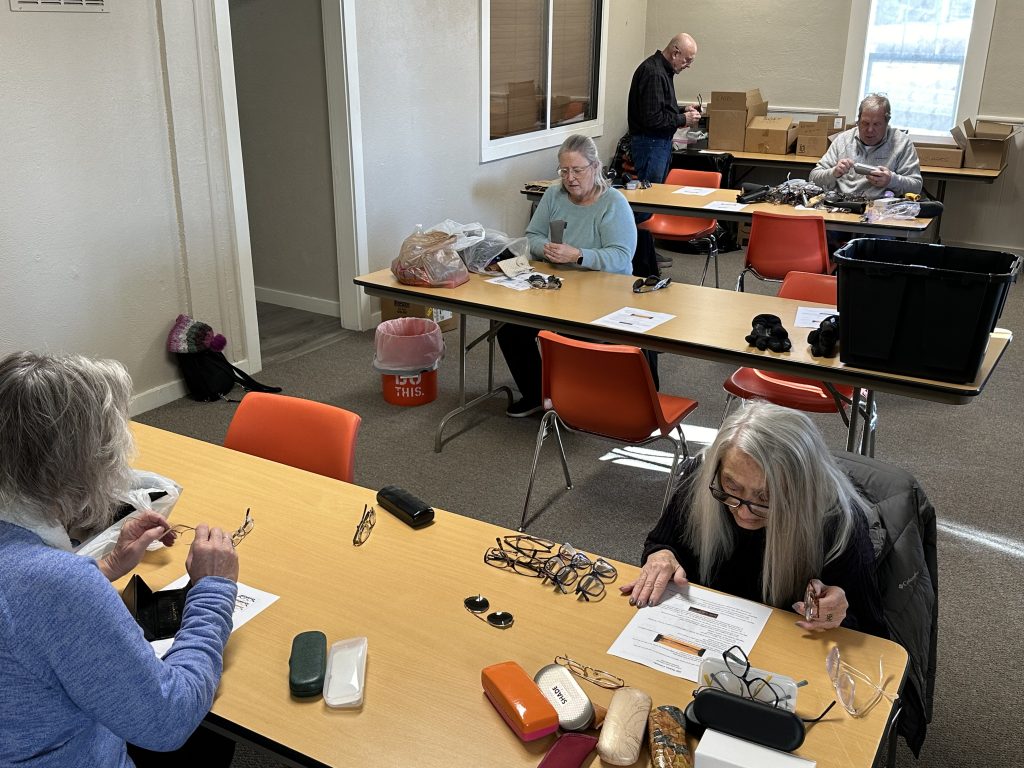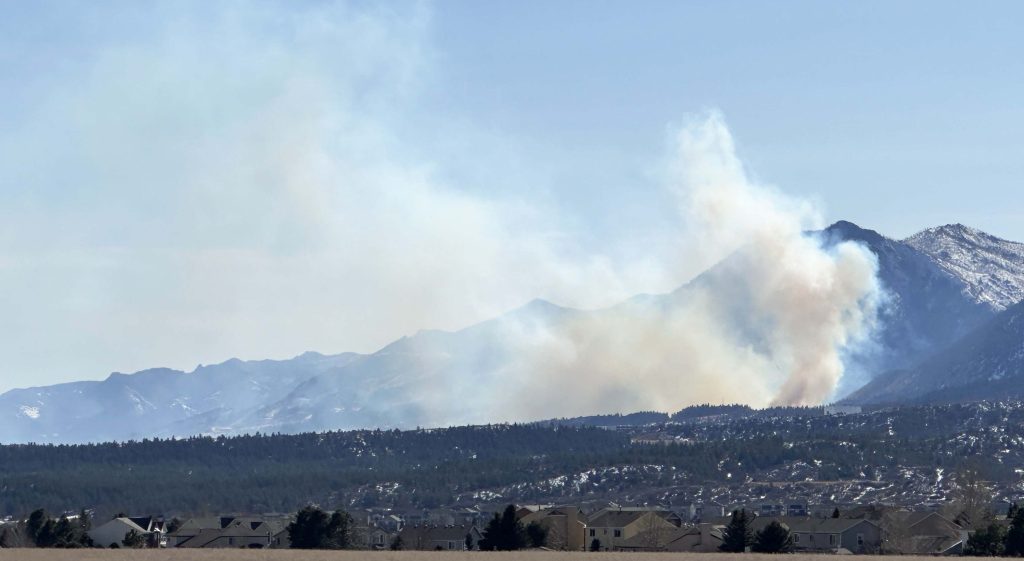- Tie a red ribbon for hummingbirds
- Physics: Birds singing helps our plants grow
- Dirt, soil, and topsoil
- Lovage, the mountain celery
By Janet Sellers
Tie a red ribbon for hummingbirds
Hummingbird scouts return this month and are attracted to red, orange, pink, and yellow colors. Before we have our full-bloom colorful gardens outdoors (which can take until June or later some years) we can attract hummingbirds to our gardens with simple red ribbons tied near food sources. Feeder placement is critical to avoid our area’s bears and critters, and I’ve personally taken to using colorful flowers with nectar (petunias, lantana, etc.) for safety instead of feeders around the garden. I brought my lantana in for the winter and will put those hanging pots out on a day-by-day basis very soon.
Physics: Birds singing helps our plants grow
Sonic bloom music and bird songs stimulate plants, and they grow better. I’ve turned on a local classical radio station (complete with human announcers) to keep out critters, but I didn’t know about the plant benefits until recently. In a research article about physics resonance by D. Kroeze MSc. of CANNA-uk.com, Kroeze wrote, “…The University of California, San Diego in the United States discovered a signal mechanism that controls a plant’s stomata. The two cells that form the stoma consist of specialized cells (guard cells) that are tuned to the resonant frequency of calcium. When exposed to this frequency the stomata close. However, if the frequency is not exactly right the cells will open again within an hour. This happens even if the concentration of calcium is so high that the stomata would normally close. Experiments showed that exposure to high tones was more or less directly responsible for increased gas exchange, and not just after an hour.”
Dirt, soil, and topsoil
Topsoil is the rich, dark soil layer that has nutrients, holds water, and is home to the microorganisms that help our plants grow. The organic matter in soil is specific to what grows there or what we want to grow there. We use different compositions mixed into our soil for vegetables than we would for grasses or other plants, but all soils need a rich microbiome to support the landscape. The easiest way to accomplish this inexpensively or free is with a compost made up of vegetables, grass, leaves, and flowers or other plant-specific composting methods. Using alpaca manure tea is another cost-effective enrichment for watering the landscape and a jump start for garden plants and seedlings as its composition doesn’t burn the plants.
Lovage, the mountain celery
March is the month to start the rich, celery-flavored perennial lovage from seed indoors, then plant outdoors after the last frost. It matures to a whopping 60 inches in 90 days; cutting it back mid-season will bring forth new, tasty leaves. Easily grown from seed, it grows well in pots but is most vigorous in the ground.
Janet Sellers is an avid “lazy gardener” letting Mother Nature lead the way for natural growing wisdom. Reach her at janetsellers@ocn.me.
Other High Altitude Nature and Gardening articles
- High Altitude Nature and Gardening (HANG) – Wild outdoors: pine needle bread, gardening in March (3/1/2025)
- High Altitude Nature and Gardening (HANG) – Very good plants, harmful invaders (2/21/2025)
- High Altitude Nature and Gardening (HANG) – Fermented February, cocoa mulch, and a chocolate “workout” (2/1/2025)
- High Altitude Nature and Gardening (HANG) – Pretty, edible plants that deter mosquitoes and deer (1/23/2025)
- High Altitude Nature and Gardening (HANG) – January is a seed starter month (1/4/2025)
- High Altitude Nature and Gardening (HANG) – Winter, our backyards, and forests (12/5/2024)
- High Altitude Nature and Gardening (HANG) – Let’s protect our forests, soil, and gardens (11/2/2024)
- High Altitude Nature and Gardening (HANG) – The garden as investment: gardening is like banking (10/5/2024)
- High Altitude Nature and Gardening (HANG) – Cut and come again crops to plant in September (9/7/2024)
- High Altitude Nature and Gardening (HANG) – Back to Eden gardening and what to plant in August (8/3/2024)


























